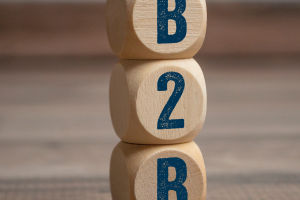Reflection shooting is a specialized skill that demands precision, focus, and adaptability. It involves the art of shooting at a target while using reflective surfaces to your advantage.
Whether you're an archer, a marksman, or a hobbyist, mastering reflection shooting can elevate your accuracy and bring a new dimension to your shooting abilities. Let's delve into the intricacies of reflection shooting, exploring techniques, challenges, and tips to help you develop this remarkable skill.
Understanding Reflection Shooting:
Reflection shooting is the art of shooting at a target by utilizing reflective surfaces to view and align your aim. It requires the shooter to position themselves in such a way that they can observe both the target and its reflection simultaneously. This technique adds a layer of complexity to shooting, as it introduces the need for enhanced hand-eye coordination and spatial awareness.
Choosing the Right Surface:
To begin your reflection shooting journey, it is essential to identify suitable surfaces for practice. Smooth, highly reflective surfaces such as glass, mirrors, or polished metals work best. Experiment with different materials to find the surface that offers the clearest and most accurate reflection of your target.
Mastering the Technique:
Positioning: Place yourself at an angle that allows you to observe both the target and its reflection without straining your neck or eyes. Experiment with different positions until you find one that provides optimal visibility.
Line of Sight: Focus on aligning your line of sight with both the target and its reflection. Pay attention to the angles and adjust your aim accordingly. It may take time and practice to develop the necessary eye-hand coordination required for accurate shooting.
Light and Shadows: Be mindful of the lighting conditions as they can affect the clarity of the reflection. Ensure that there is sufficient light to illuminate the target and its reflection evenly, reducing distortions and shadows that could hinder your aim.
Depth Perception: One of the challenges in reflection shooting is maintaining accurate depth perception. Since the reflection appears closer than the actual target, it is crucial to adapt and adjust your aim accordingly. Regular practice will help you develop a keen sense of depth perception.
Challenges and Tips:
Distortion: Reflections can sometimes cause distortions, making it difficult to accurately gauge the target's position. Over time, you will learn to distinguish between true reflections and distortions, enabling you to make the necessary adjustments.
Mental Focus: Reflection shooting requires intense concentration and mental focus. Distractions can affect your aim, so create a quiet and focused environment to enhance your shooting experience.
Practice and Patience: Like any skill, mastering reflection shooting takes time and patience. Dedicate regular practice sessions to develop muscle memory and refine your techniques. Celebrate small victories along the way, as progress comes with consistent effort.
Benefits of Reflection Shooting:
Enhanced Precision: Reflection shooting forces you to sharpen your aim and adapt to changing perspectives, ultimately improving your overall shooting accuracy.
Adaptability: Reflection shooting prepares you to shoot in diverse environments, where reflective surfaces may be present, giving you an advantage in different scenarios.
Cognitive Skills: This practice stimulates your cognitive abilities, enhancing your hand-eye coordination, focus, and spatial awareness. These skills can translate to other areas of life, contributing to improved decision-making and problem-solving abilities.
Reflection shooting is an art that combines focus, precision, and adaptability. By practicing the techniques outlined in this article and embracing the challenges it presents, you can unlock a new level of shooting proficiency. Remember, patience and perseverance are key. With time and dedication, you will master the art of reflection shooting, adding an exciting dimension to your shooting skills.


